Wildlife experts back Zim Cites position
- By Zimpapers Syndication |
- 05 Mar, 2025 |
- 0
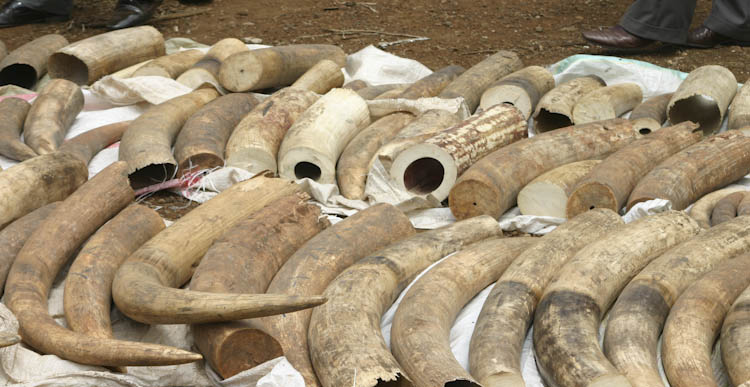
Sifelani Tsiko
Wildlife experts and environmentalists are urging the global wildlife community to support Zimbabwe and other Sadc countries which are pressing the Convention on International Trade in Endangered Species (CITES) to lift the ban on the trade in ivory.
Environment Africa country director in Zimbabwe, Barney Mawire told the Zimpapers Syndication Services that other countries needed to lend their support to Zimbabwe and other Sadc countries to conduct sustainable trade in ivory to raise revenue to support wildlife conservation programmes.
“As Zimbabwe, we need support from the global community to be allowed to trade in ivory so that we can use the money generated to support the management of our wildlife sanctuaries and more importantly to improve the livelihoods of communities living adjacent to game parks,” he says.
“Burning ivory and banning ivory trade totally will not help us. Burning ivory, like Kenya did recently won’t help us and it won’t bring anything to us.”
Mawire warns that burning ivory or banning its trade can have grave consequences for wildlife conservation.
“This can drive up demand than if CITES allows trade to take place in a controlled and sustainable manner. Poaching can spike to dangerous levels because there is simply no incentive from our wildlife resources,” he says.
“Burning of ivory stockpiles can have unintended consequences. Communities are deprived from benefiting from their resources and apart from this, it causes massive air pollution. It’s not good particularly now when there is so much concern around climate change issues.”
Temperatures over ivory trade and hunting of animals which are endangered in other parts of the world are rising ahead of the 17th World Conference of Parties to the Convention on International Trade in Endangered Species of Wild Fauna and Flora (COP17 CITES) that will be held in Johannesburg from 24 September to 5 October 2016 this year.
For decades debate over sale of ivory from African elephants has focused on the benefits that income from ivory sales may bring to conservation and to local communities living side-by-side with these large and potentially dangerous animals versus concerns that such sales may encourage poaching.
The fight has mainly been between those countries that have sizeable populations of elephants and want to ensure sustainable use and those countries that have already decimated their elephant populations.
Most southern African countries which include Zimbabwe, Namibia, Botswana, Zambia, Tanzania and South Africa have always supported the proposal to review of the ban on trade in ivory.
Sadc countries often stand nearly alone in opposing the destruction of illegal ivory stockpiles and a total ban on ivory trade among a slew of measures widely believed to combat poaching.
The countries will want to press for the continuation of the development of a decision-making process for the trade in ivory.
The fight by Zimbabwe and other Sadc countries is daunting this time as there is a renewed push for lions and elephants (currently in Appendix II) to be moved to Appendix l, the list for the most endangered species among CITES - listed animals and plants.
According to CITES, all African elephants are included in Appendix I of CITES, except for the populations of Botswana, Namibia, South Africa and Zimbabwe, which are included in Appendix II.
The normal CITES rules for Appendix I listed species is that commercial international trade in specimens taken from the wild is prohibited. For Appendix II listed species, the rules allow commercial international trade, subject to first obtaining the necessary permits.
In the case of the African elephant populations of Botswana, Namibia, South Africa and Zimbabwe, a legally binding annotation to the Appendix II listing deems elephant ivory from these populations as being on Appendix I (even though the populations are included in Appendix II).
As such, all commercial international trade in the ivory of African elephants is currently prohibited under CITES.
Zimbabwe, Botswana, Namibia and South Africa benefited from their stockpiles in 2008 when CITES approved a one-time ivory sale to China and Japan. Other sales in these countries took place in 1999 and 2008 and earned some US$20 million for elephant conservation and community development programmes in and around the elephant range areas.
With CITES meeting on their home soil, Zimbabwe and other Sadc countries are pressing for further ivory trade discussions.
“We are elated that South Africa is hosting the CITES conference which Zimbabwe also once hosted,” Dr Enos Shumba, World Wildlife Fund for Nature (WWF) - Zimbabwe country director says.
“Sadc has the largest elephant population in the world and by hosting the conference and I hope the world will understand our story. We also want the world to walk with our story – the challenges and opportunities we are grappling with.”
Zimbabwe has accumulated more than 96 tonnes of elephant tusks which it cannot dispose due to the international ban on trade in ivory.
This also plays to other countries in the region.
Zimbabwe and its neighbours want the ‘one-off sales’ and new proposals to trade in elephant ivory to help support conservation programmes and benefit communities living close to game parks.
The annotations to the CITES Appendix II listing allows a one-off commercial sale of certain stockpiles of elephant ivory from the countries and under the annotation, no further commercial ivory sales can be proposed by these same four countries until 2017.
COP 17 is the waterloo for Zimbabwe, Botswana, Namibia and South Africa and that is where these countries have to garner support for the lifting of the ban on ivory trade as well as the ‘one-off sales.”
“This is our position here in Zimbabwe and other Sadc countries. We are saying let’s use the money to resource the organisations that are mandated to look after our elephants,” says Mawire.
“We have more elephants than our carrying capacity. By burning the ivory, Kenya is showing its frustration with poachers, but I doubt very much whether poachers will be affected by this.”
Early this year, moves by Kenya to destroy 105 tonnes of ivory and 1.35 tonnes rhino horn with a combined market value of nearly US$200 million in a symbolic gesture aimed at shocking the world into putting an end to the slaughter of elephants tapped into the long – standing nervousness among Sadc countries which argue strongly in favour of using ivory proceeds for the protection and conservation of the region’s rich wildlife resource base.
Commentators and environmentalists from across the Sadc region expressed alarm over Kenya’s April 30 move to burn ivory stockpiles in a bid to raise national and international awareness on the illegal wildlife trade.
The historic move which led to the torching of the largest –ever ivory stockpile was supported by the African Wildlife Foundation.
“This is a tricky issue,” says a renowned Zimbabwe wildlife expert who declined to be named.
“I take poaching in the same way I take stealing. They are robberies who break into banks and still all the money, but do you burn all the money to stop bank robberies.
“These animal lovers are doing something very terrible to people with wildlife resources while they are not doing anything to those who are driving illicit trade in wildlife products.”
He says the burning of ivory which could fetch over US$100 million and rhino horn as much as US$80 million was insensitive to producing countries which are battling to raise funds to buy fencing materials and sophisticated technology to save wildlife.
“Tourism earnings have declined significantly in recent years for some Sadc countries and when you penalize them for saving elephants, you are destroying the very basis of their efforts to protect and conserve their wildlife,” he says
CITES and most other countries believe that destroying illegal ivory and banning its trade is the best way to deter people from buying ivory products.
For many countries opposed to ivory sales, public ivory destructions usually by crushing or burning have been used as a strategy by governments to deal with their stockpiles of illegal ivory seized from traffickers.
Pro – ivory ban countries say this is an effective way for preventing illegal ivory from re-entering the market.
They also worry about poor security on government stockpiles which often leak and fuel the massive illegal trade in ivory.
Total destruction of ivory stockpiles, they argue, helps send the message that ivory markets should be shut down.
However, Zimbabwe and a few other Sadc countries are concerned about the negative consequences of a ban in trophy hunting, ivory trade and the destruction of stockpiles.
They argue that a total ban on trophy hunting and destroying ivory increases its scarcity and therefore drives up prices.
They say when ivory gets more valuable, poaching intensifies.
-Zimpapers Syndication Services
No Comments



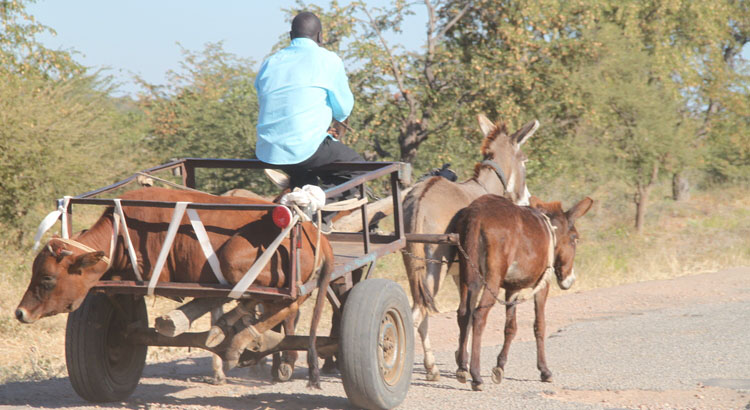


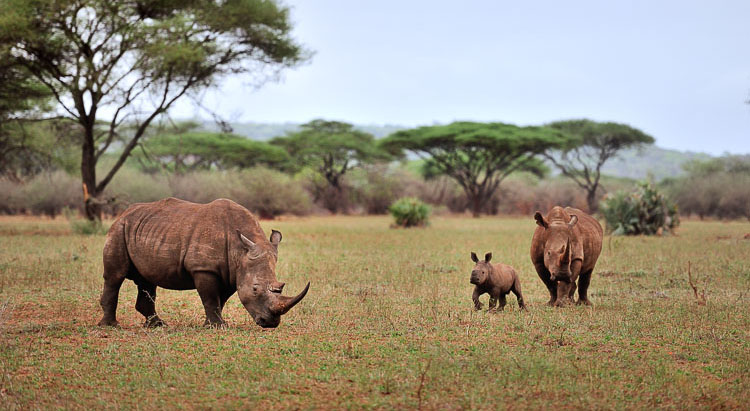
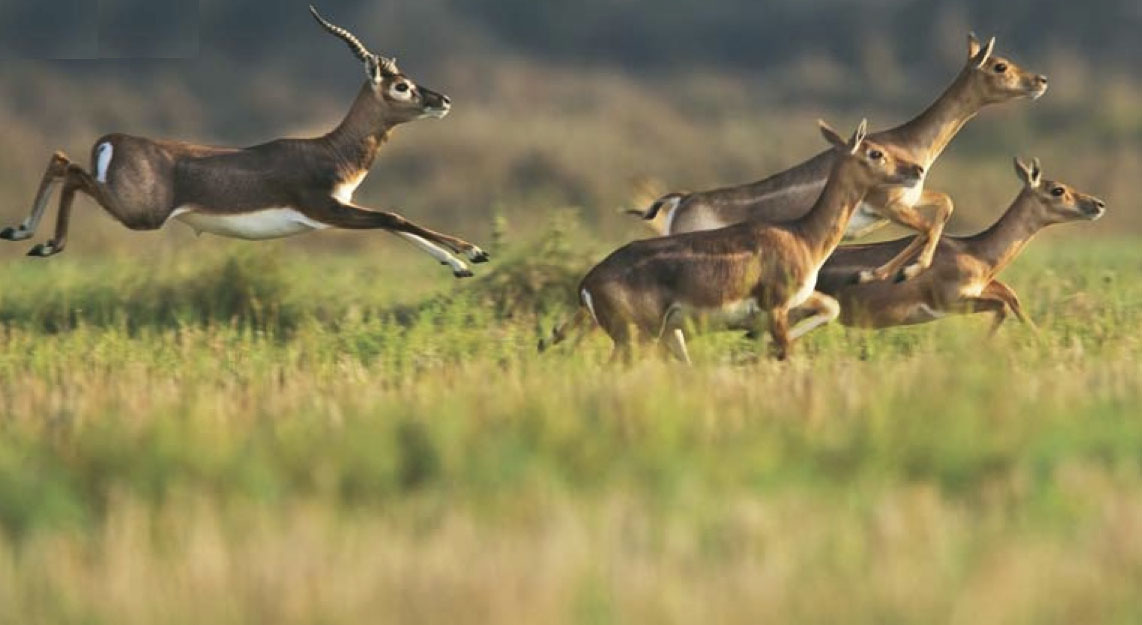

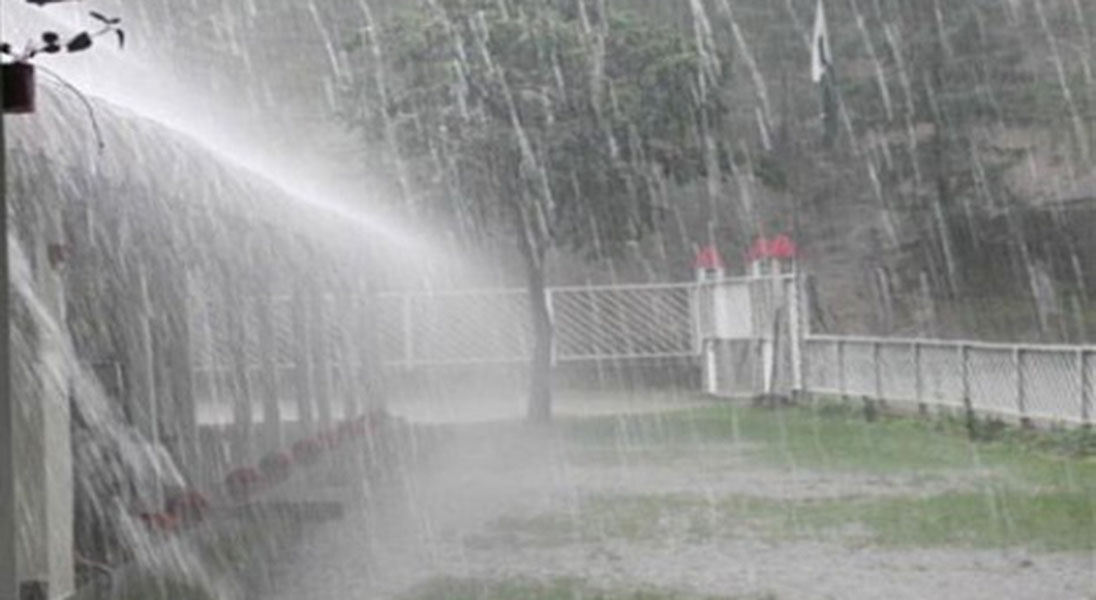
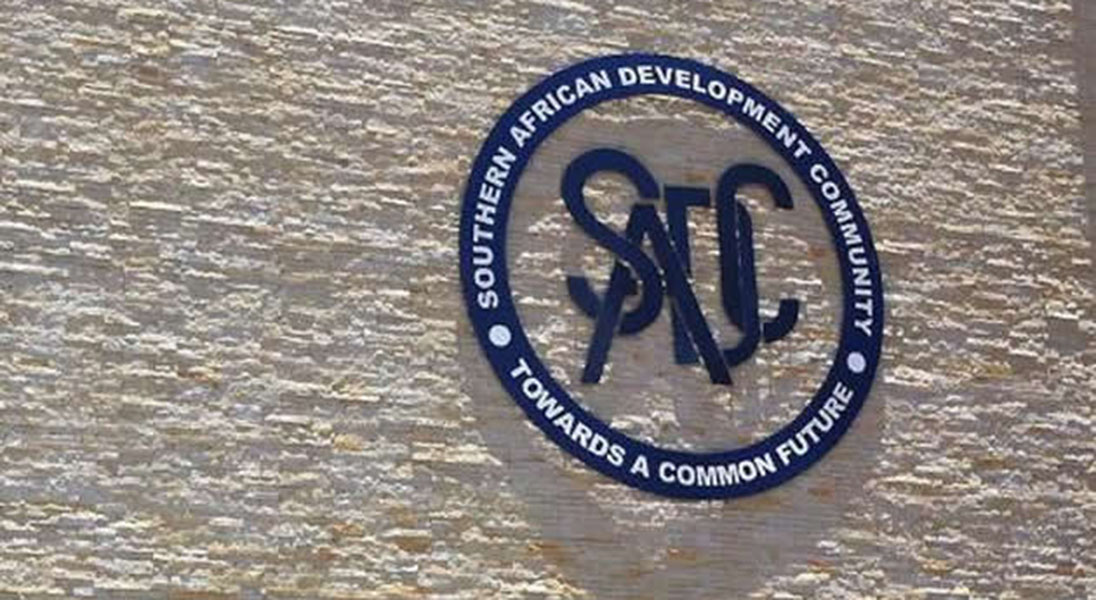
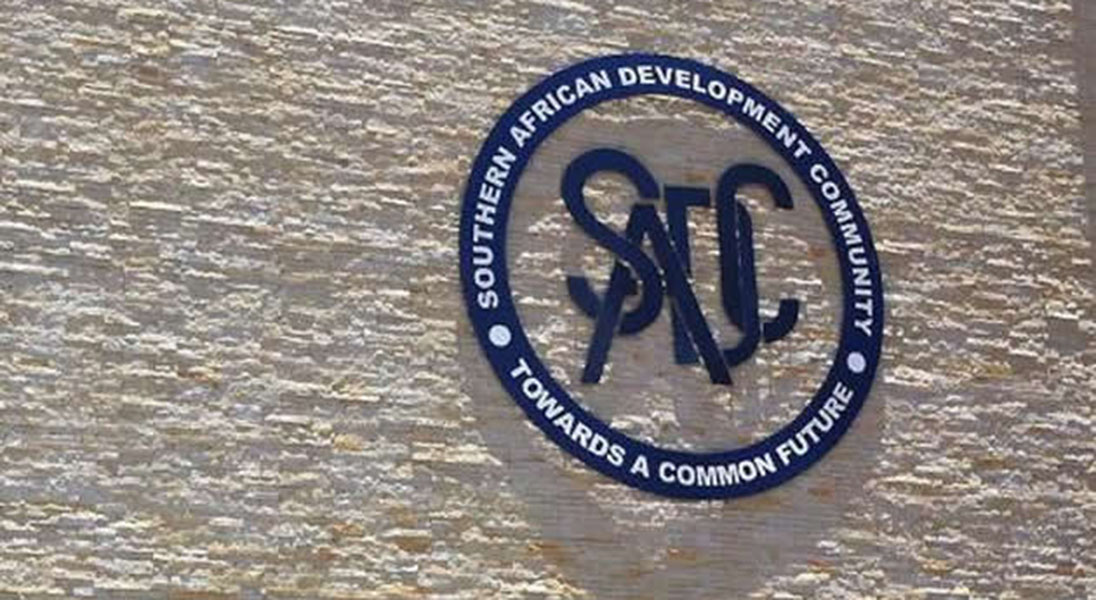
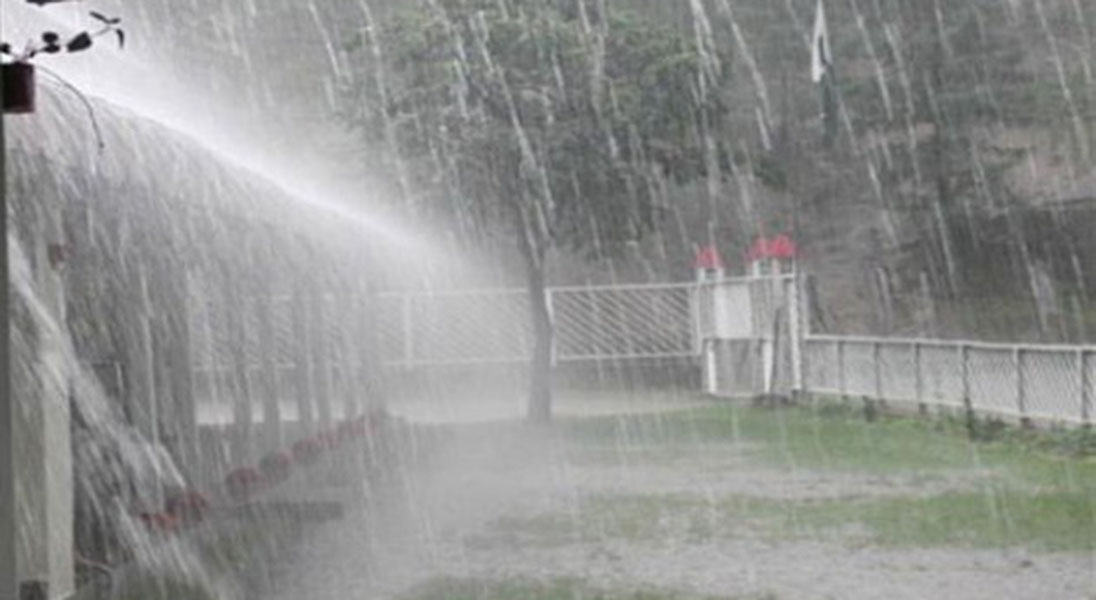
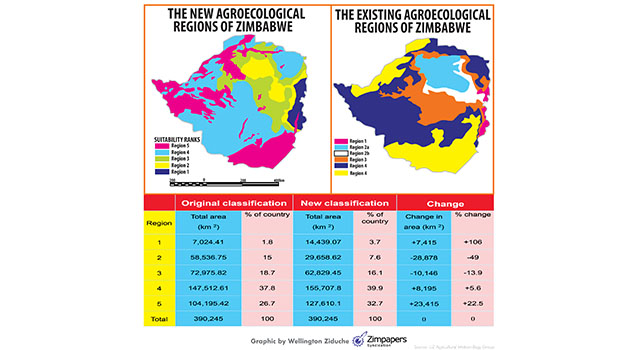
Comment